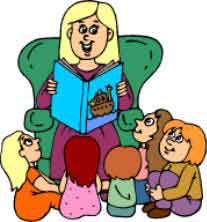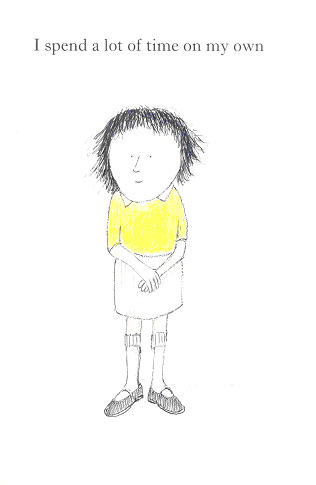NARRATIVE When analysing any text, you will need to be able to find ways in which it is working to create and shape meaning as well as influence its audience to at least consider, and often to go along with, its writer's views. A key way, and one that is very common across many text types, is the use of a particular form and structure called narrative. Let me start this guide by telling you a story.
While I was writing this, in fact, just a few moments ago, I heard a
repeated and quite loud creaking sound - just like footsteps - in the
hallway at the side of the bedroom below (the office where I work is a
converted loft space above that bedroom). Now I know for sure that I am
alone in this house - quite, utterly alone. I know, too, that this is a
very old house - with part of it dating right back to Tudor times. I
know, as well, that the house was built on the site of the town's old
jail where hangings took place with some regularity. Of course the
hangman's scaffold was taken down centuries ago but still, at certain
times of the year, neighbours and others have reported that they "see
things". There - the noise happened again... The above is the beginnings of what is technically called a narrative. You would normally call it a story, of course. And like all good stories it absorbed your attention and got you thinking. It's not the first story like this you'll have read of course - it's a part of the ghost story genre - and I suspect you "added in" a great deal of extra information to it as you read, In fact you probably had a good idea of where it was going. And none of it was true - I made it up. But it fascinated you, I'm sure. Understanding how and why we are so easily absorbed and fascinated by narrative - and how narrative can affect and shape even the way we think about ourselves and the world in general, is an important area for you to study, not least because it can easily help you analyse very many texts far more subtly and thus gain you extra marks. An analysis at the level of narrative can easily achieve marks in the highest grade bands. WHAT IS NARRATIVE? Narrative is an unusually powerful device in part because it not only shapes meaning, it also helps to reinforce shared ways of thinking about the world and its peoples - that is, it reinforces dominant ideologies. Analysing a text at the level of narrative is a subtle technique because - apart from its obvious in novels and short-stories - narrative generally 'hides' its presence in a text and thus its power can be invisible to its audience - narrative can be made to operate at a subconscious level. Narrative is the most common way we all tell and learn about life in general - as well as what happens to us in our lives. It's important to realise that stories (i.e. narratives) are not a form that is just used to narrate fictional events, i.e. novels or short stories. We use the self-same techniques to tell about many aspects of life. We grow up with hearing about the world mainly through stories - not the fictional story of the image above, but what we come to think of as 'non-fictional' - that is, real events. In fact, we become so very used to the story-telling technique that it becomes 'hard-wired' into our brains as young children to the point that we fail to recognise we are using it and just how important can be.
We each carry around with us a large fund of shared stories, some of which have their origins in ancient and enduring tales. These old tales work invisibly on us in ways that 'shape' our views of ourselves, of life and of the world. The most enduring and powerful of these stories or narratives are said to operate at the level of myth. We pick up these ancient ideas not usually as complete stories but more often as having been passed on to us in the form of fragments during childhood. Their power lies in that fact that we only need a snippet of one of these powerful narratives to evoke its meaning and thus shape our interpretation of the text in which it is being used. Ancient mythical stories work on our consciousness in surprisingly complex and subtle ways, not least by informing us about what life should or could be like - life at its best (and at its worst: in this lies the link to binary opposition - perhaps check this key analytical method out later).
The 'Hero Myth'
The 'Romance Myth'
Narratives & Ideology There are many aspects of life that narratives guide us to interpret and judge in particular ways. What is important to recognise is that these ways are shared with most others within our own culture or society. The kind of narratives involved here are those that can be easily invoked and very quickly brought to mind, even by a few words or a single image. These words and images act as a kind of 'shorthand' - a snapshot or 'mini-narrative' - that acts to invoke important aspects of the whole narrative which then guides our response and interpretation to the text in question.
As has been said, these narratives exist often not as complete stories but as 'snapshot narratives' or 'mini-narratives'. These work at the level of what is called narrative codes (a code is a collection of seemingly connected signs that, together act to signify some larger meaning). These codes work by prompting or bringing to mind a memory of a deeply embedded narrative or myth through a process often called 'cueing'.
It can be difficult to believe that something as everyday as a story can act so powerfully to shape the way in which we interpret meaning, but by now you should have seen that narratives act powerfully to define and shape who we are - our 'sense of ourselves', our identity. The following pages will show you how narrative codes can be created and how they work. The analysis you will see could easily be applied to any number of texts in both English and Media Studies. |





